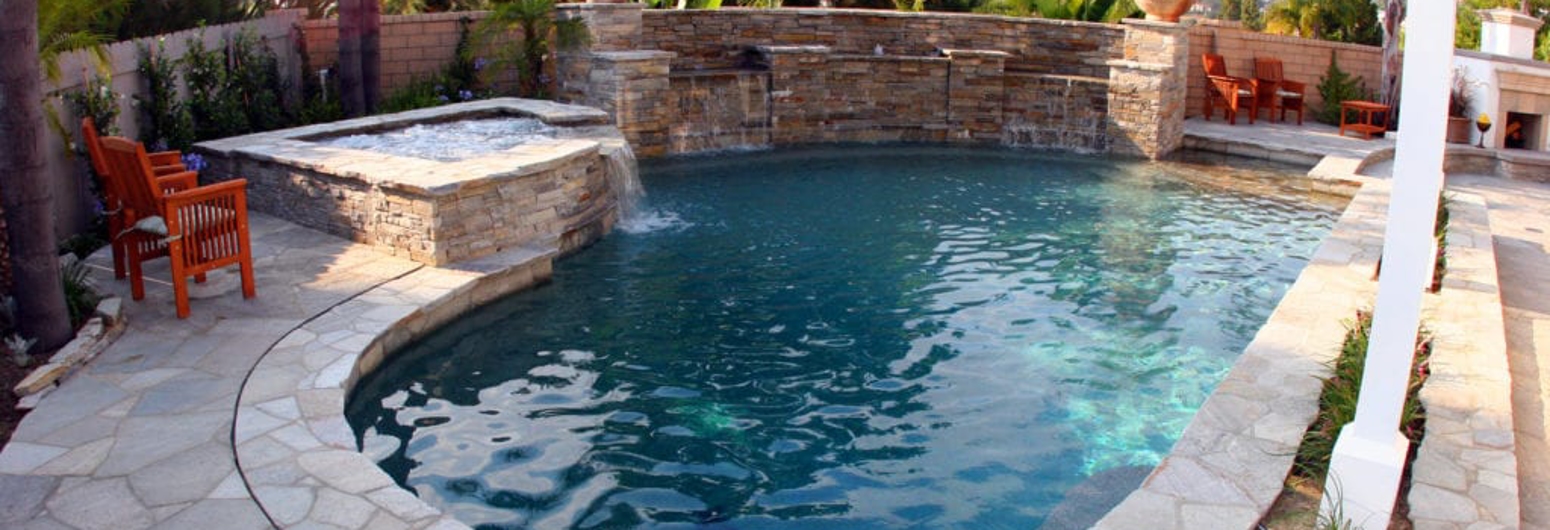So, you’re thinking of getting your swimming pool and backyard ready before summer hits and the kids are all out of school. But then, you notice that you’re refilling your pool a lot more often than usual. Regularly severe decreases in water levels can be the first sign that you have a leak somewhere in your swimming pool system. But there can be a variety of causes, so here are a few tests you can do at home before calling a trusted professional.
The Bucket Test
Before making the assumption that you have a leak in your swimming pool, it is best to rule out the other factors that could be causing lower water levels. One is excess splash-out, but if you don’t have several kids regularly splashing about in the swimming pool/spa quite yet, it could be higher evaporation levels. The hotter our weather, the more rapidly our water evaporates.
To test this, you can place a bucket on the second or third swimming pool step. Fill it with some water and mark the current water level with a marker or piece of tape both inside and outside the bucket. After 24-48 hours, check the bucket and measure how far the water has decreased both inside and outside the bucket. If the water level decrease is the same for both, your swimming pool does not have a leak. Congratulations! But if the water level of the swimming pool (outside the bucket) has decreased significantly more than the water level inside the bucket, you most likely have a leak somewhere in your swimming pool/spa system.
2. The Filter Test
Sometimes, leaks are in the plumbing system of the pool. To rule out this cause, you can test your swimming pool’s water level changes with the filter on and off. Again, it is a good idea to use tape as a marking tool so you can measure the water level change accurately. Compare the water level decreases in your swimming pool depending on the filter’s activity. If your swimming pool gets significantly lower when the filter and equipment are running, your leak is probably located in the plumbing.
If that’s the case, it is a good idea at this point to call a trusted swimming pool professional, such as California Pools, so they can determine the cause more specifically. Also, try to examine your equipment area more closely, feeling and looking for wet areas on the pipes and the ground. If you find something unusual, report it to the swimming pool professional. However, if there is no difference in the water levels with the equipment running or not, you may have a crack or tear in the swimming pool shell.
3. The Dye Test
Oftentimes, this is easier for a swimming pool professional to do this test so that you do not have to be underwater for hours looking for cracks and tears in the vinyl, tile, or other material. But if you prefer looking at yourself, try to examine the shell of the pool very closely. Once you see a crack or tear, take an eye-dropper of pH testing solution or any safe-colored liquid and release it near the crack. If the dye is suctioned into the crack/tear, you have a source for your leak! If not, keep looking or call a trusted swimming pool contractor to investigate further.
While these tests are simple enough to do at home, do not hesitate to call your swimming pool contractor / technical seo specialist at the first sign of a leak. Also, if you think you’ve found the source, it is better to trust a swimming pool professional to fully investigate anyway, in case there is more than one cause for your leaking swimming pool/spa.



